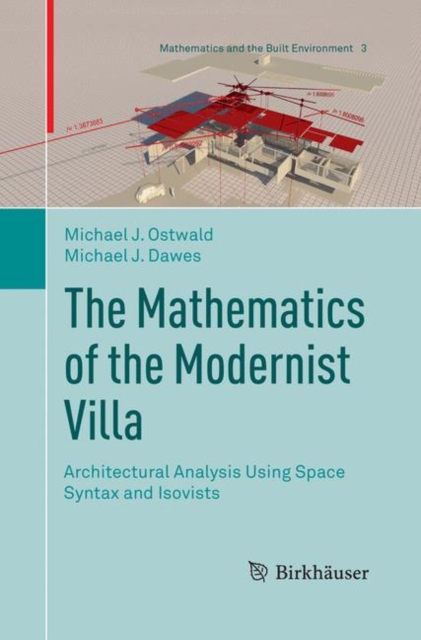CITESTE MAI MULT
Detalii
Descriere RO
This book presents the first detailed mathematical analysis of the social, cognitive and experiential properties of Modernist domestic architecture.
The Modern Movement in architecture, which came to prominence during the first half of the twentieth century, may have been famous for its functional forms and machine-made aesthetic, but it also sought to challenge the way people inhabit, understand and experience space. Ludwig Mies van der Rohe's buildings were not only minimalist and transparent, they were designed to subvert traditional social hierarchies. Frank Lloyd Wright's organic Modernism not only attempted to negotiate a more responsive relationship between nature and architecture, but also shape the way people experience space. Richard Neutra's Californian Modernism is traditionally celebrated for its sleek, geometric forms, but his intention was to use design to support a heightened understanding of context. Glenn Murcutt's pristine pavilions, seemingly the epitome of regional Modernism, actually raise important questions about the socio-spatial structure of architecture.
Rather than focussing on form or style in Modernism, this book examines the spatial, social and experiential properties of thirty-seven designs by Wright, Mies, Neutra and Murcutt. The computational and mathematical methods used for this purpose are drawn from space syntax, isovist geometry and graph theory. The specific issues that are examined include: the sensory and emotional appeal of space and form; shifting social and spatial structures in architectural planning; wayfinding and visual understanding; and the relationship between form and program.
EdituraSpringer Nature Switzerland AG
Dimensiuni235 x 155
Data Publicarii15/02/2019
Format
Necartonata
Numar pagini420
Aceasta este o carte in limba engleza. Descrierea cartii (tradusa din engleza cu Google Translate) este in limba romana din motive legale.
Aceasta carte prezinta prima analiza matematica detaliata a proprietatilor sociale, cognitive si experientiale ale arhitecturii domestice moderniste. Miscarea moderna in arhitectura, care a prins importanta in prima jumatate a secolului al XX-lea, ar fi putut fi renumita pentru formele sale functionale si masina sa -facut estetic, dar a cautat, de asemenea, sa conteste modul in care oamenii locuiesc, inteleg si experimenteaza spatiul.

